Learning how to forage is a rewarding skill that connects us with the surrounding natural world. Whether you’re a novice forager who once collected blackberries at the age of 10 or an amateur in need of a refresh, this article will hopefully inspire a deeper appreciation of the human history of foraging, and the amazing wild edibles that surround us.
In this article, we’ll cover all the stages involved in learning how to forage. From the items to take with you when foraging, best practices, and how to stay safe. We even list some common and easy to identify tasty wild edibles, to set you off on your foraging journey!
What is Foraging?
Foraging is a learned skill that involves searching ‘the wild’ for food or provisions. It’s a skill that many of our ancestors relied upon for survival, though it’s also still used by many communities throughout the world today.
With the introduction of farming, foraging became a less needed skill. People could sustain themselves on food that was farmed and traded, instead of heading into the wild to gather food.
The valuable knowledge of foraging was once always passed down within families or certain cultures, but as farming expanded, it was once at risk of being lost. However many people are now learning how to forage to reconnect with nature, their culture, and also to appreciate the seasons and local produce that surrounds them.
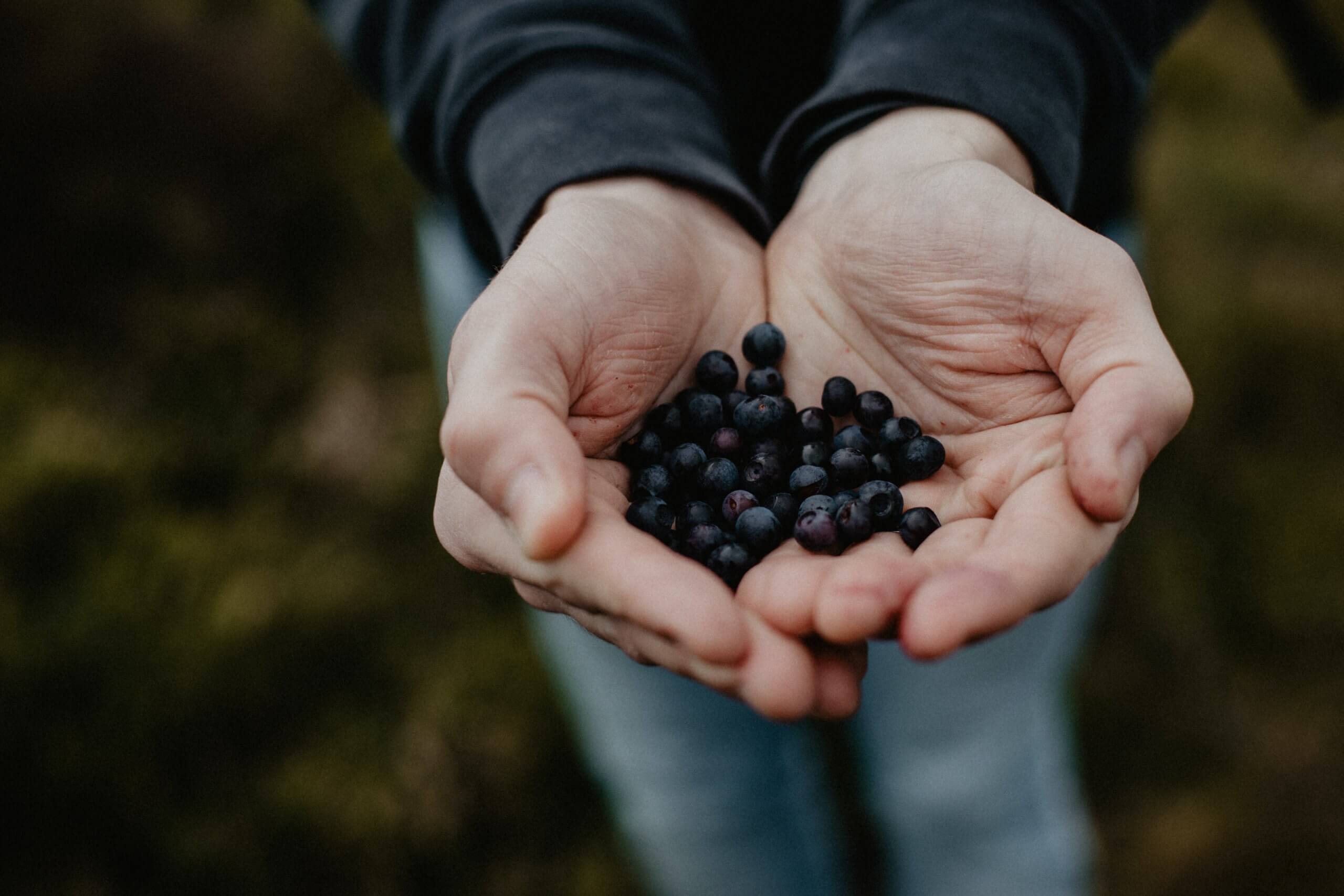
Where Can I Forage?
When many people think of foraging they might imagine a Bear Grylls survival-style scene, deep within a forest… But foraging doesn’t have to take you into the depths of the wilderness.
You might find wild garlic or raspberries on a trip to your local woods. On a day hike through the forest, you may come across a patch of Chicken of the Woods mushrooms. Even your own backyard could be full of wild edibles, including some plants that you may not have realized are edible (check out our article on eating weeds!).
Before heading off to explore, it’s important to understand that there are also areas where you shouldn’t forage. Aside from private property, it’s important to avoid urban areas and any areas that could be exposed to certain pollutants. These include…
- The edges of farmed fields, that could have been coated with pesticides or herbicides by the farmer.
- Plants along road edges (urban or rural) that could be exposed to pollutants.
- Public gardens or parks, which could be sprayed with herbicides.
- Areas that are frequented by dog walkers.

Foraging Best Practices
Foraging can be enjoyed in many ways, but there is always a code of conduct to follow to make sure you’re respecting nature, wildlife, and other people who are foraging too.
Forage sustainably
When foraging it’s important that you don’t over harvest. Make sure to leave enough for wildlife and other foragers, and to ensure the plant/mushroom can set seeds and spread spores, and be there for generations to come.
Know the ID process
Before foraging any wild edible it’s important to be 100% certain of your identification. Make sure to double-check the Latin names and also all the different colloquial names too, and also check if the plant you are looking for has any possible toxic lookalikes. To find out more, check out our article on how to ID your foraging finds.

Check conservation status
Some plants may be listed as endangered within some states, for example, American Gingseng, and foraging may not be permitted.
Tips to Make Foraging More Rewarding
Join A Local Foraging Tour
If you’re new to foraging, consider joining a local foraging tour. Learning how to forage with others is a great way to meet other people who are interested in foraging, and delve into the world of foraging with an experienced guide. A guide can give you additional advice on certain species, and where the best local spots are! Check out Facebook, and also sites like Wildman Steve Brill or classes held by Green Deane. We also have a useful database of foraging groups classes and tours separated by State for the entire US.
Keep Notes
Whenever you find an abundant supply of wild edibles, for example, a patch of wild grapes or wild mushrooms that you would like to find again, keep note of the location. Write it down or make a note on your phone of the season, and take some photos of the area. This is also important and helpful for correctly identifying plants throughout the seasons.
Take Someone With You!
A spouse, a friend, or the whole family. Enjoy spending time in nature and gathering wild edibles together. It’s a brilliant way to share a love of nature and also teach young children about wild food and cautions they need to remember.
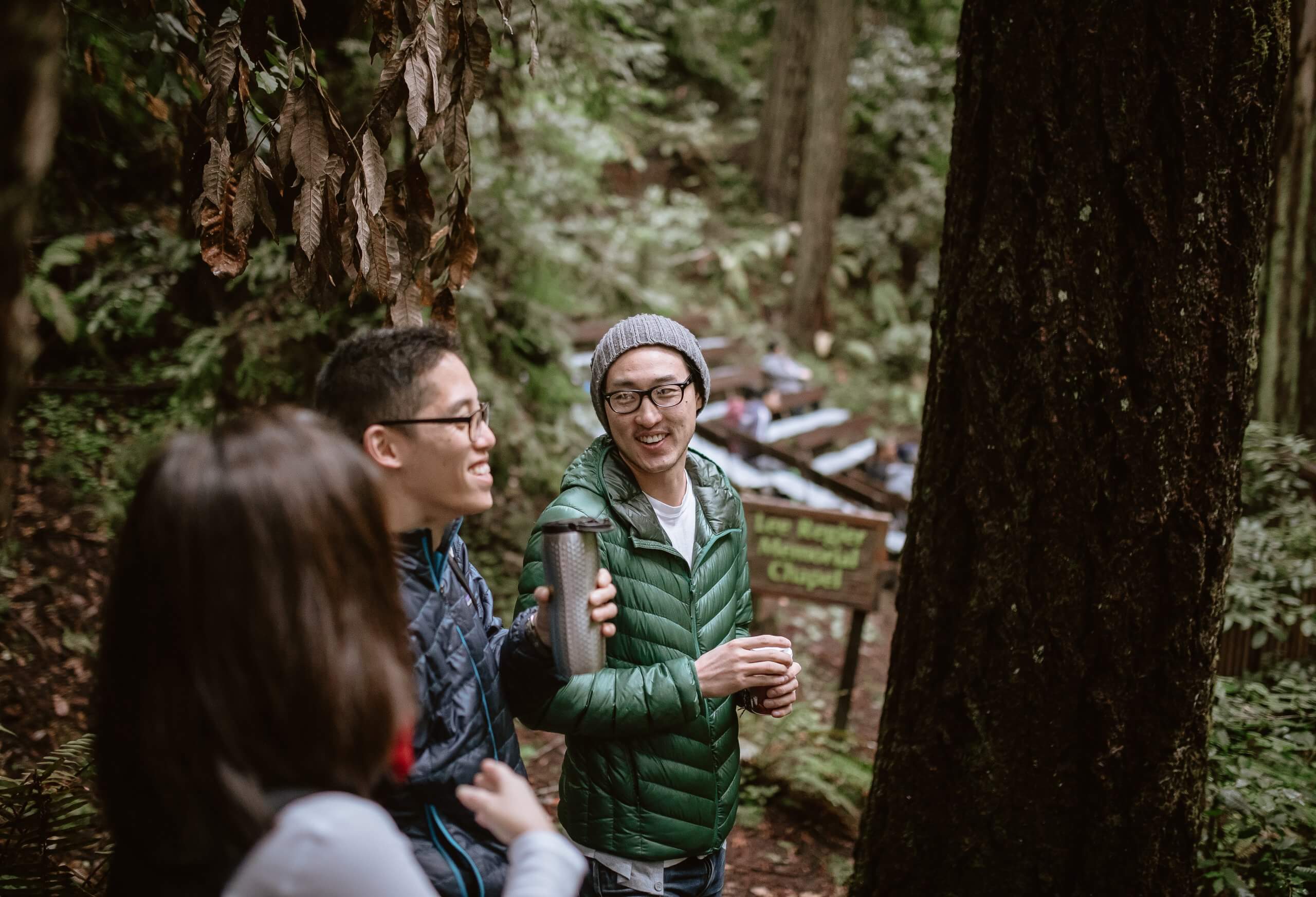
What Items Do You Need When Foraging?
The supplies you need will be dependant on where you are foraging and what exactly you’re looking for. For example, some fruits like Wild Strawberries or Pawpaws can bruise easily, so it’s best not to carry them around all day or stack lots within one container. Some mushrooms, like the Shaggy Mane Mushroom cap, spoil quickly so you may consider bringing a cooler to keep them fresh for the journey home.
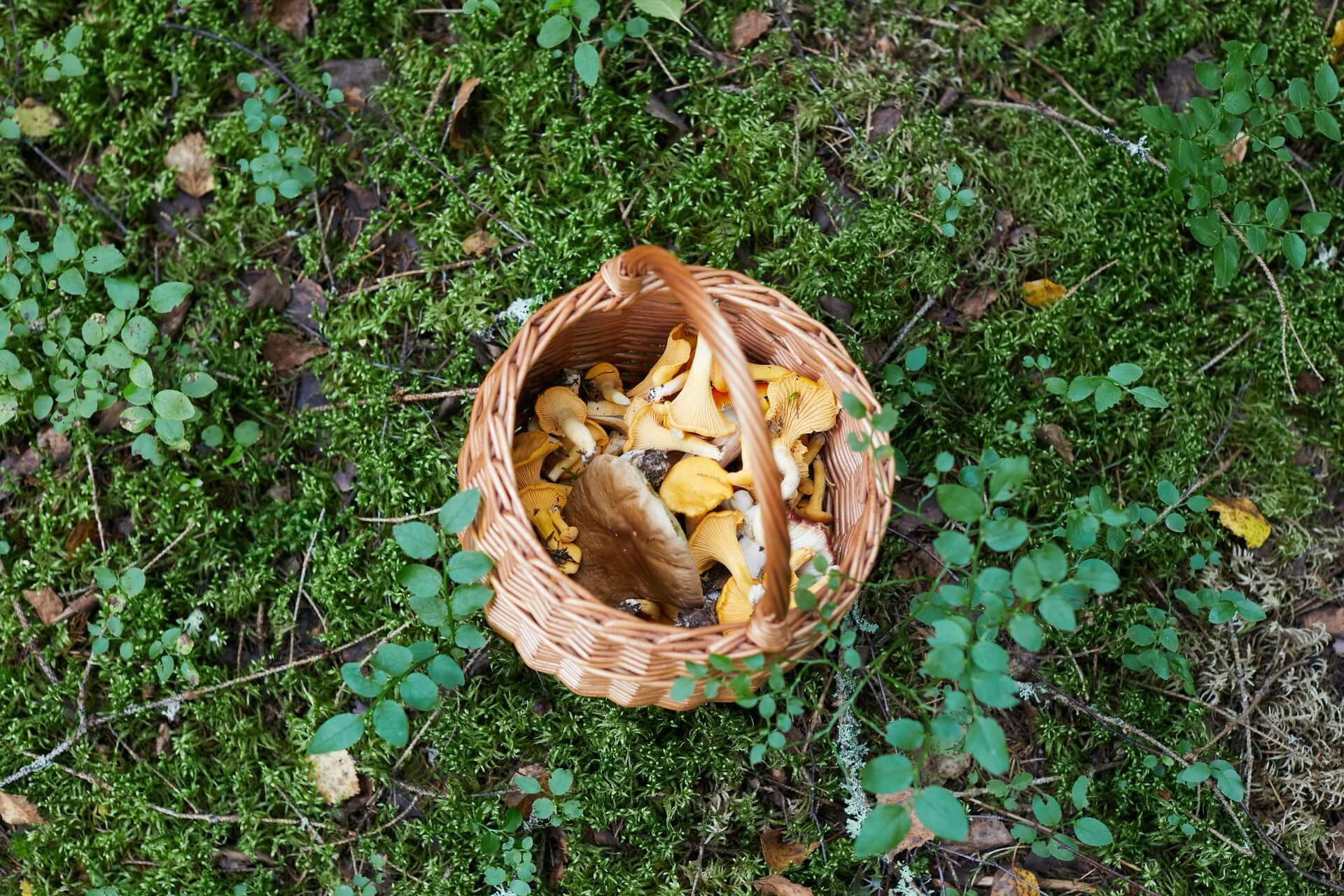
As a general guide, take a look through this list to discover useful items to take with you when foraging.
- An ID book. Use the guidebook to help you ID the plant as a first step before going home to confirm the plant and then going back to forage.
- Thick gloves.
- Containers, baskets, or paper bags to keep things separate.
- Cooler – to stop items spoiling.
- A map or app with shows terrain. Google Maps can be useful for pinpointing your favorite foraging locations.
- A foraging app on your phone can be great for keeping a diary or comparing photos. Like the ID book, do not rely solely on an identification app to help you identify plants. Instead, check out our guide on How to ID Your Foraging Finds.
- Clean Pocket Knife
- Bear Spray
- Weather appropriate clothes (including hat, sunscreen, etc.), also bear in mind that weather could change quickly in some areas.
Remember that whenever you’re going off into the wild it’s important to consider local advice too. Be cautious of bears and if you’re heading out in summer, take plenty of water, and be aware of any wildfire warnings too.
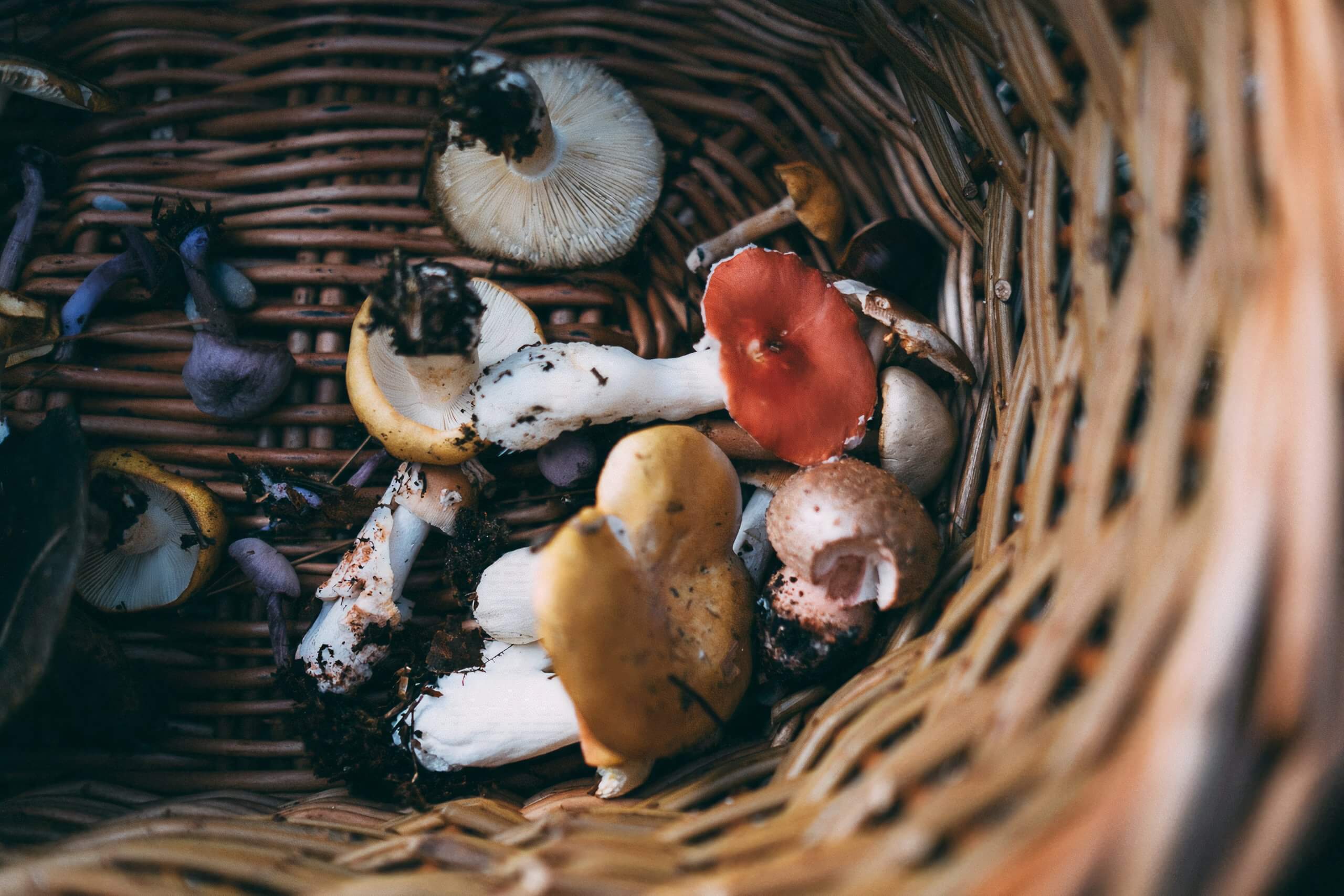
Common Misidentifications and How to Avoid Them.
One of the most important aspects of learning how to forage is learning how to forage safely. When foraging, the responsibility on whether ‘to eat, or not to eat’ is on you as the forager. So before eating any wild edibles, you must be 100% sure that you have correctly identified the plant or mushroom.
Here are 4 of the most commonly misidentified toxic mushrooms and plants to watch out for.
Death Cap (Amanita phalloides)
Toxic plants and mushrooms are usually named accordingly, and the death cap mushroom couldn’t be more appropriate. Death cap mushrooms can resemble other edible mushrooms at different stages within their growth cycles. According to the BC Medical Journal, they are responsible for up to 90% of mushroom-related deaths worldwide.
Destroying Angel (Amanita bisporigera, A. ocreata, A. virosa, A. verna)
Another well-named mushroom. Novice foragers may confuse destroying angel mushrooms with other mushroom species that are edible. The edible Puffball mushroom can occasionally be misidentified as destroying angel or death cap mushrooms.
Pokeweed (Phytolacca americana)
Pokeweed berries are extremely toxic and there are often instances of people (particularly children) misidentifying pokeweed berries as edible wild grapes. The pokeweed plant also produces clusters of deep purple berries on short stems, so cautious identification is always necessary.
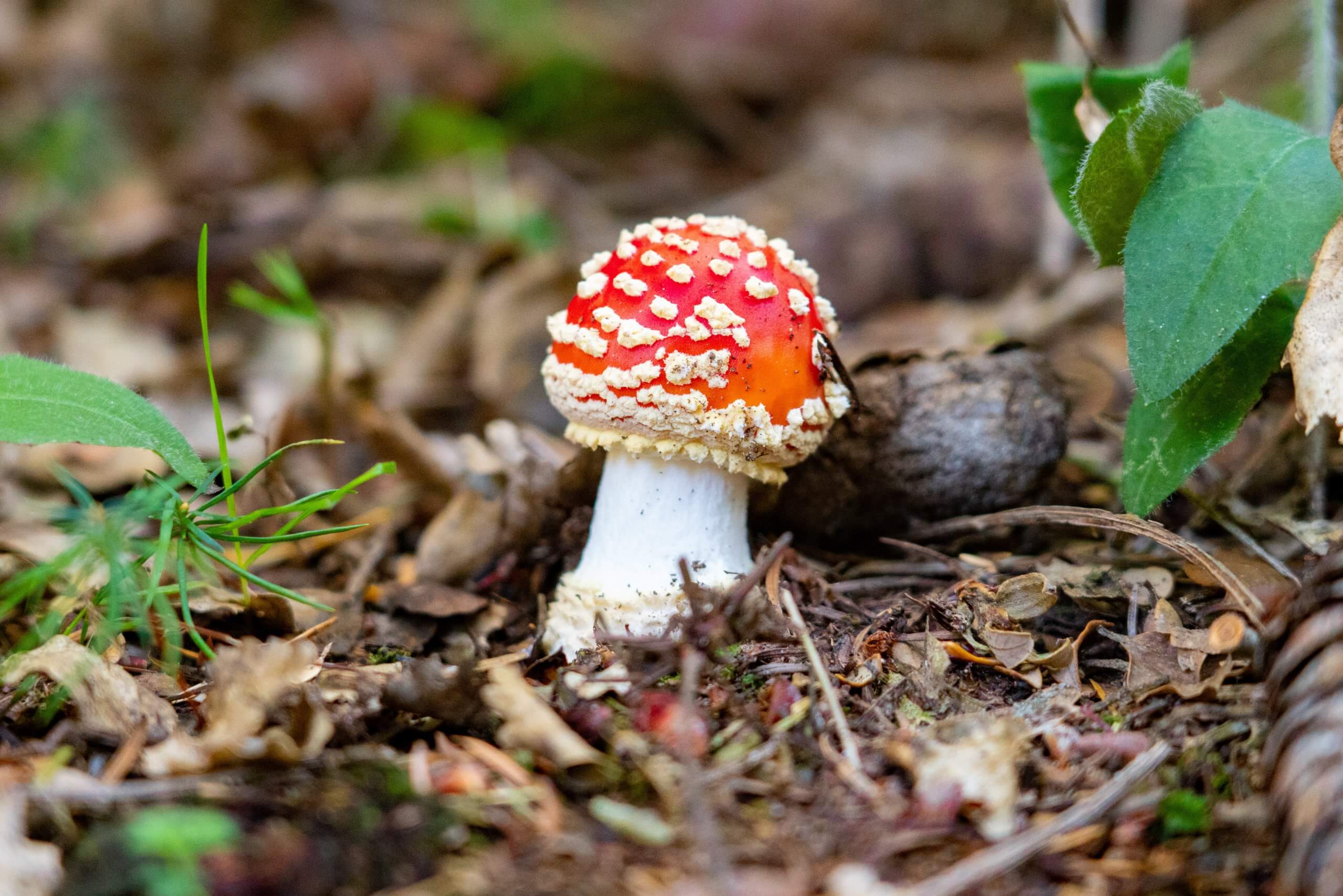
Fly Agaric (Amanita muscaria and Amanita muscaria var. guessowii)
This highly recognizable mushroom can be a common find in forests. In many cultures, fly agaric was prepared and eaten as a hallucinogenic. When cooked their toxins can be removed (unlike other Amanita species), however, some foragers have died by either eating too much, not preparing them correctly, or accidentally misidentifying them and eating death cap or destroying angel mushrooms instead. Because of this extreme caution is necessary.
Foxglove (Digitalis)
The recognizable and showy, trumpet-shaped flowers make foxglove a beautiful plant to see in the wild and within cultivated landscapes. However, when not in flower, the foxglove can be particularly deadly, as some foragers have mistaken the plant for edible and medicinal mullein (Verbascum) and other leafy green plants.
For more information check out our extensive guide to safe foraging.
5 Wild Edibles to Get You Started
Now that you have learned how to forage safely, it’s time to put these skills to the test! Here are 5 tasty wild edibles to get you started.
Dandelion (Taraxacum officinale)
An extremely common weed that is often overlooked! Dandelions are extremely versatile, as the flowers, leaves, and roots are all edible. The roots can be used to create a coffee and the flowers can create syrups, teas, and even wines!
Which Season: Year-round.
Recipe Ideas: Wild leaf salads, pesto, dandelion root coffee, herbal tea.
Blackberries (Rubus)
Generally very common and easy to find! Blackberries are a great wild edible berry that you can collect in the fall. The plump, deep purple berry clusters will coat patches of brambles. They are especially plump and juicy if there has been a lot of rain.
Which Season: Mid to late summer and early fall (Late July – September).
Recipe Ideas: Blackberry jam, pies, cobbler.
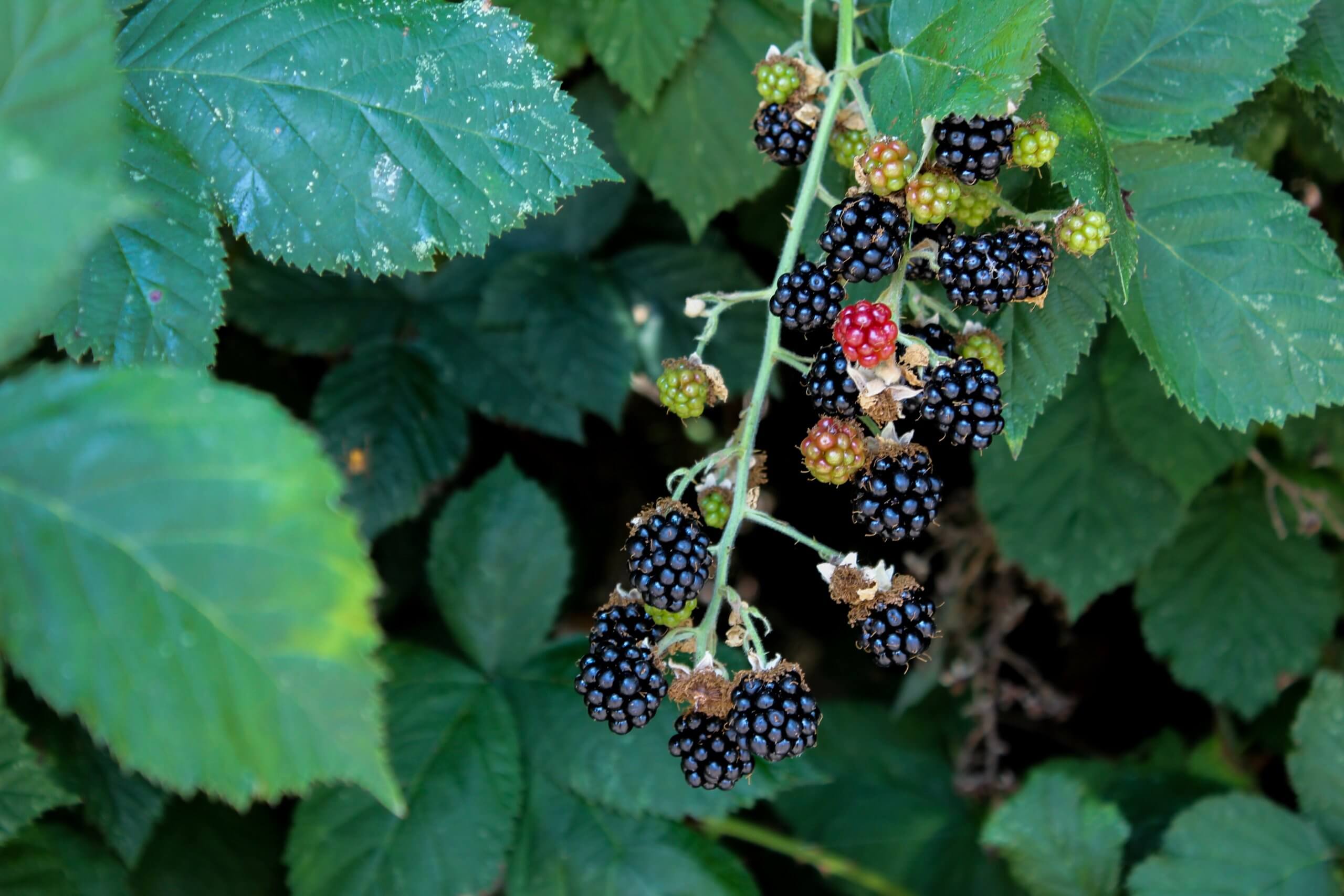
Hazelnuts (Corylus spp.)
A foragers favorite, hazelnuts begin to ripen in autumn and are an incredibly delicious nut that can be foraged. Trees that receive a lot of sunshine are more likely to produce a great crop of hazelnuts.
Which Season: Early autumn.
Recipe Ideas: Roasted hazelnuts, tarts, cookies, pies.
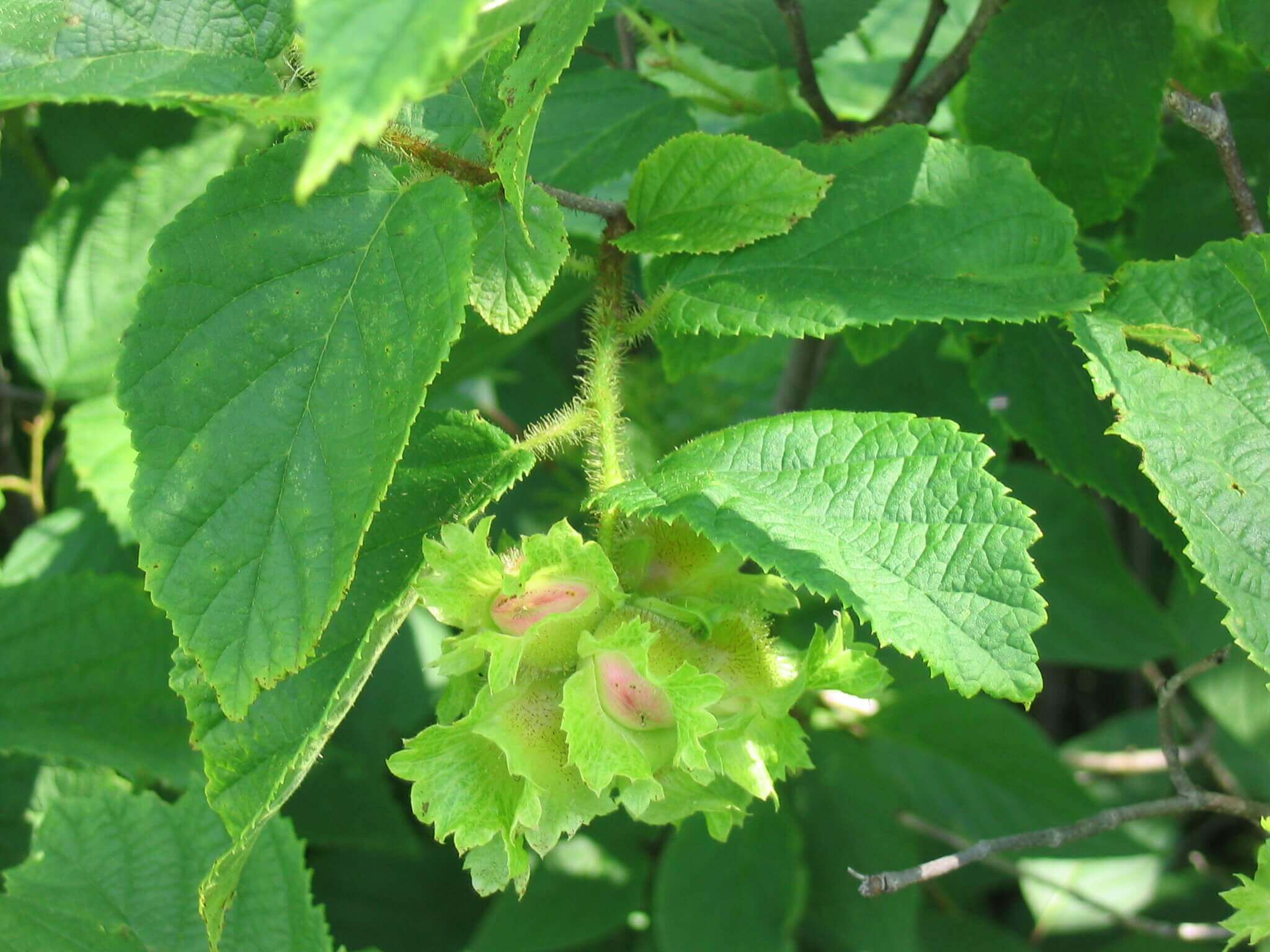
Wild Garlic (Allium)
A relative of garden garlic and onions, wild garlic is an incredibly flavorful wild edible. There are a few common species, but the best way to identify wild garlic is the smell. Gently crush a leaf and the powerful smell of garlic should be very strong.
Which Season: Spring.
Recipe Ideas: Can be substituted into any recipes that use garlic! Salad, soups, pesto, stir fry, etc.
Wild Grapes (Vitis)
With over 25 species native to different areas of North America, wild grapes are a fantastic foraging find. Many local wine producers are starting to create exciting wines with these native North American grapes, instead of using the common European grape (Vitis vinifera).
Which Season: Mid to late summer.
Recipe Ideas: Jams and jellies, juice, wine.
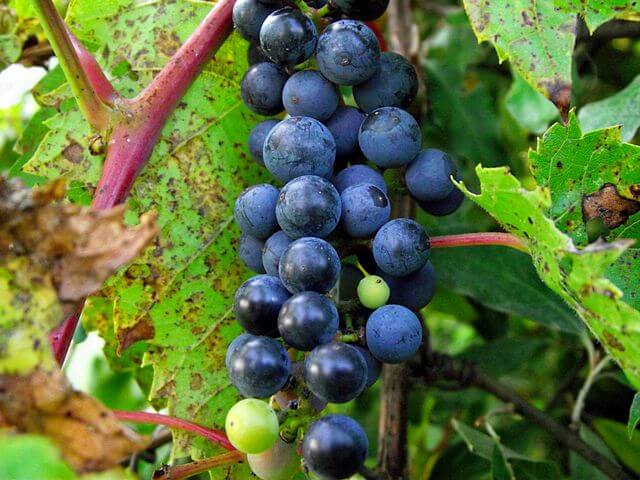
Hopefully, this guide on how to forage has sparked a new interest, or perhaps even prompted you to get back out into nature. Foraging is a great way to stay fit and meaningfully connect with the natural world at the same time.
Have you been foraging recently? Is there any equipment you always have on hand with you, or any points you would add? Let us know in the comments below or share some of your best foraging memories!
—————Written by Hannah Sweet
Hannah is a freelance writer and graphic designer from the UK. With a penchant for travelling, photography and all things botanical, she enjoys writing about a wealth of topics and issues, from conservation and slow living, to design and travel. Learn more about her writing and design services at www.sweetmeanders.co
Many of our readers find that subscribing to Eat The Planet is the best way to make sure they don't miss any of our valuable information about wild edibles.
See our privacy policy for more information about ads on this site






